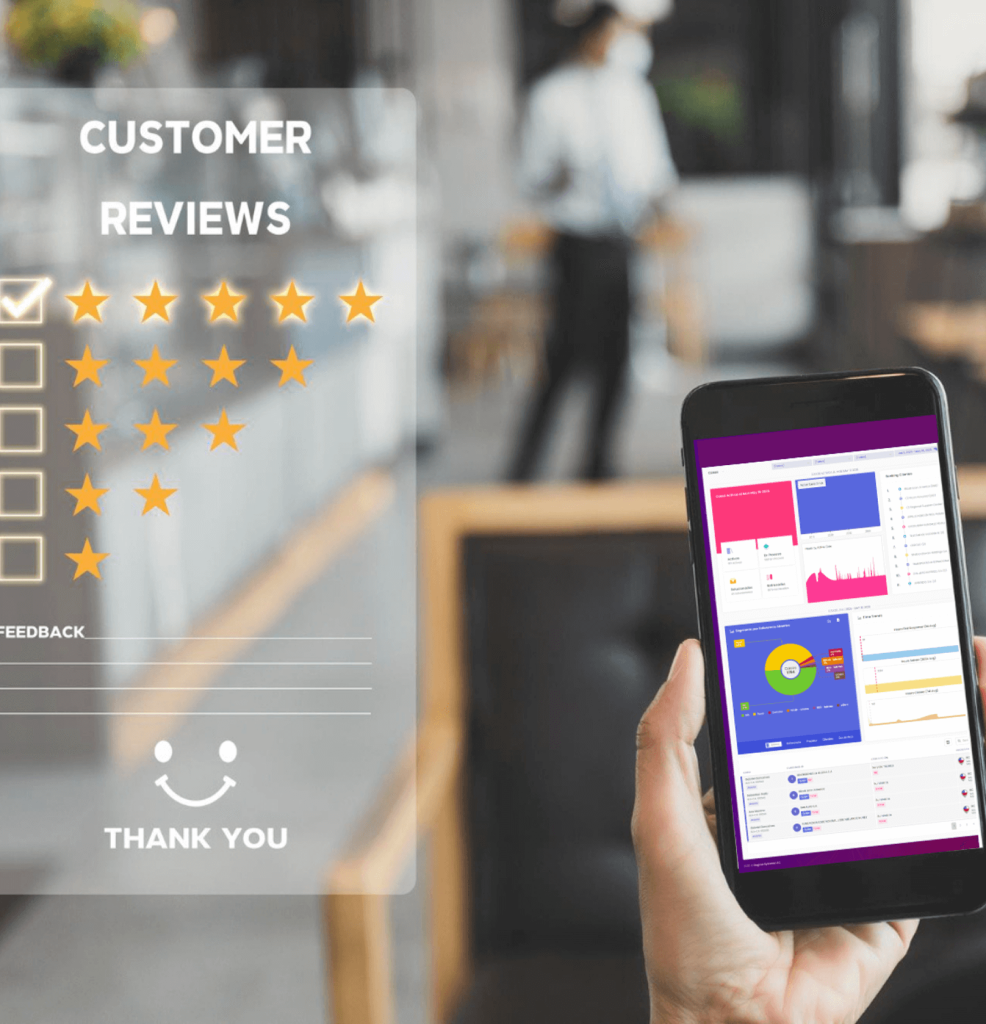



In today’s fast-paced market, customer experience (CX) is the decisive factor for business success. It has evolved from a corporate buzzword into a core growth strategy that builds loyalty and creates clear competitive separation. Companies that excel at CX achieve stronger retention and superior long-term performance. In fact, 86% of customers will pay more for a superior experience. Those who fail to adapt risk losing customers to brands that deliver seamless, personalized interactions—precisely what Dogma Group’s C3X platform enables.
According to research, 86% of customers are willing to pay more for a superior customer experience, proving that businesses that prioritize their customers’ journeys achieve higher revenue, stronger retention, and better long-term performance. Companies that fail to adapt risk losing customers to competitors who invest in delivering seamless, personalized, and memorable experiences—something Dogma Systems C3X LLC helps businesses achieve effectively.


We deliver a clear visual map of your customers’ entire path, highlighting key touchpoints, emotions, and friction points.
We guarantee detailed diagrams that align every customer interaction with back‑office processes to ensure consistent, reliable service.
We implement powerful tools that gather, analyze, and act on customer insights to drive continuous improvement.
We ensure a comprehensive CX plan is in place—complete with objectives, a roadmap, and KPIs aligned to your business goals.
We create detailed customer personas that guide targeted messaging and strategic actions for each segment.
We deliver engaging sessions that teach modern best practices in customer service and experience management.
Although the terms “customer service” and “customer experience” are often used interchangeably, they represent two distinct concepts. Understanding the difference helps businesses design better strategies
This is the direct assistance and support provided during and after a purchase. It is typically reactive, focused on problem-solving, answering questions, and resolving complaints.
This is the holistic sum of all interactions a customer has with a brand. It spans the entire journey—from initial awareness and consideration to purchase and long-term loyalty. Every touchpoint, from a social media ad to website navigation and support calls, shapes the overall experience.
Today’s consumers expect more than just good products or services; they expect interactions that feel personal, convenient, and aligned with their needs. Here’s why customer experience matters so much in today’s market
A positive experience builds trust, making customers more likely to return. Loyal customers are less price-sensitive and more likely to recommend your brand.

This framework measures customer loyalty and satisfaction by asking customers how likely they are to recommend a company to others. It provides a clear metric (the NPS score) and actionable insights to improve customer experience.
This involves creating visual representations of the customer’s journey through various touchpoints with the company. It helps identify pain points and opportunities for enhancing the customer experience.
Building an exceptional customer experience requires both planning and execution. Businesses must align their operations, culture, and technology to put customers at the center of everything they do. Some proven strategies include:

Technology is a key driver of modern customer experiences. Tools like AI-powered chatbots provide instant support, CRM platforms help manage relationships, and automated feedback systems capture valuable insights. Smart use of technology makes interactions seamless and efficient.
As technology and customer expectations evolve, customer experience strategies must adapt. Some key trends shaping the future include:
Using real-time data to deliver hyper-relevant recommendations and messages.
Customers increasingly prefer solving their issues independently through FAQs, chatbots, and mobile apps.
While automation offers speed, human empathy remains irreplaceable. The future of CX will blend both.

Businesses that prioritize CX consistently outperform competitors. Some of the most significant benefits include:
When employees see the value of their role in delivering CX, satisfaction and productivity rise.
Customer Experience is the overall perception customers have of your brand across every interaction—whether it’s browsing your website, engaging on Facebook, making a purchase, or receiving support. A positive customer experience builds trust, boosts loyalty, and turns first-time buyers into long-term advocates for your business.
Because it directly influences loyalty, retention, brand reputation, and revenue growth.
With tools like NPS, CSAT, CES, and customer journey mapping.
CX (Customer Experience) refers to the overall journey a customer has with a company—from the first interaction to long-term loyalty—while UX (User Experience) focuses specifically on how users engage with a product, app, website, or even platforms like Instagram. A strong CX builds emotional connections, while great UX ensures smooth and enjoyable interactions, both of which are essential for business success.
CX covers the entire journey of customer interactions.
UX improves product usability and digital engagement.
Platforms like Instagram play a vital role in shaping modern CX.
No, CX is equally important in B2B, as strong relationships and trust are crucial for long-term success.
Ignoring customer feedback, overcomplicating processes, inconsistent communication, and not aligning CX strategy with company goals.
Regularly—through ongoing feedback loops, quarterly surveys, Twitter polls, and continuous monitoring of customer interactions—businesses can track satisfaction, identify pain points, and implement timely improvements. This proactive approach ensures customer expectations are met while building trust and loyalty over time.